Laura Donald, CEO of Axis Talent Partners
Tiloma Jayasinghe, President and CEO of Community Resource Exchange
Don’t just say inclusivity matters; build for it.
In our last post, we talked about normalizing leadership transitions by embedding them into onboarding and leadership development. We emphasized that centering care in these transitions can lighten the often overwhelming burden on nonprofit leaders, helping them sustain their work and missions over time. Now, let’s go a step further—by building intentional inclusivity into these transitions.
Once a leader has announced their transition, it is normal – and even inevitable – for staff to feel anxious about what the transition means for them as an individual, and what it means for the organization as a whole. If board members name early and often that they are planning to lead a transparent, inclusive, and equitable process to identify and hire the next leader, it sends a signal to the remaining staff that they are seen and valued, and that their buy-in to the process will be an important part of setting the new leader up for success. It also sends a critical message of intentionality and stability to funders, and allows them to be much more invested in the transition of relationships over a longer period of time.
Stop doing this: Including only the board and senior leadership in executive transitions
Do this instead: Engage the organizational community early and insist on an inclusive search process
Many times, we’ve seen organizations (and boards or search committees) say they’re going to be inclusive and equitable, but then not meet the expectations of staff when it comes to demonstrating and delivering on that promise. This can look like excluding staff from transition planning or committees, holding staff listening sessions and surveys about needs but not implementing any feedback, and most disruptively, not including and engaging staff to both have representation on the search committee itself, as well as have clear participation points in the interview process and with final candidates specifically. Here are some of our ideas, grounded in many years of experience, on how to do this differently to truly center inclusion:
- Engage staff and community from the beginning, including soliciting feedback to inform the job description to ensure it accurately reflects the current context, and aspirations, of the organization. We’ve even seen organizations deeply committed to inclusion, solicit staff feedback on what they hope for in a partnership with an executive search firm.
- Be thoughtful and intentional about which staff members or even external constituents are engaged in the process and how. You should be clear not only about what different types of participation will involve commitment-wise (ie participating on the search committee, participating in the final interview process), but also be clear about decision making roles and how feedback will be used in decision making.
- For folks who are not engaged in formal interviewing, a clear cadence for communication on the progress of the search can go a long way to keep folks informed and engaged.
In building a transparent and inclusive hiring process, with representation, role clarity and regular communication, you’re setting the stage for a smooth, anticipated transition with – hopefully – a whole lot of support from your community.
 Equally important in the hiring process is equity (or put another way – ensuring every candidate is treated consistently, respectfully and offered a thorough evaluation based on the same criteria). This includes establishing a strong competency model for the role that is clear about the requirements of the role, and links those requirements directly to what experience you are seeking. This information should look the same to candidates as is does to the search committee, so that candidates can be clear-eyed about how their experience stacks up, and how they will be evaluated. From this strong baseline of clear qualifications for the role, it is possible to build interview tools that are aligned with both the need and the job description, so that all candidates are evaluated the same way. We also recommend sharing interview questions with candidates in advance, in order to allow candidates to present the most relevant examples, reflective of their experience and skills. And we strongly (strongly!) suggest ensuring that the interview process, focus and steps are the same for all candidates.
Equally important in the hiring process is equity (or put another way – ensuring every candidate is treated consistently, respectfully and offered a thorough evaluation based on the same criteria). This includes establishing a strong competency model for the role that is clear about the requirements of the role, and links those requirements directly to what experience you are seeking. This information should look the same to candidates as is does to the search committee, so that candidates can be clear-eyed about how their experience stacks up, and how they will be evaluated. From this strong baseline of clear qualifications for the role, it is possible to build interview tools that are aligned with both the need and the job description, so that all candidates are evaluated the same way. We also recommend sharing interview questions with candidates in advance, in order to allow candidates to present the most relevant examples, reflective of their experience and skills. And we strongly (strongly!) suggest ensuring that the interview process, focus and steps are the same for all candidates.
Thinking about equity and inclusion certainly should not be limited to only the executive search process. We insist that thinking about how to center equity and inclusion should be a throughline through all work that an organization embarks upon, and the executive hiring process can be a powerful place to demonstrate a precedent that carries through subsequent work.
Our next and last offering, will focus on how we can transition out of outmoded models of leadership transitions and into brave new care-filled, equity-centered leadership support, and debunk a widely-held myth that will speak to many of you readers. Stay tuned!



